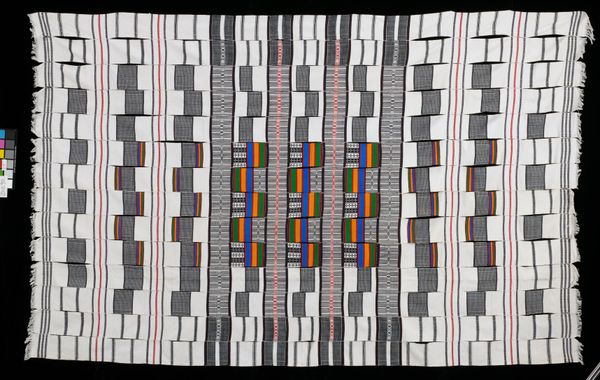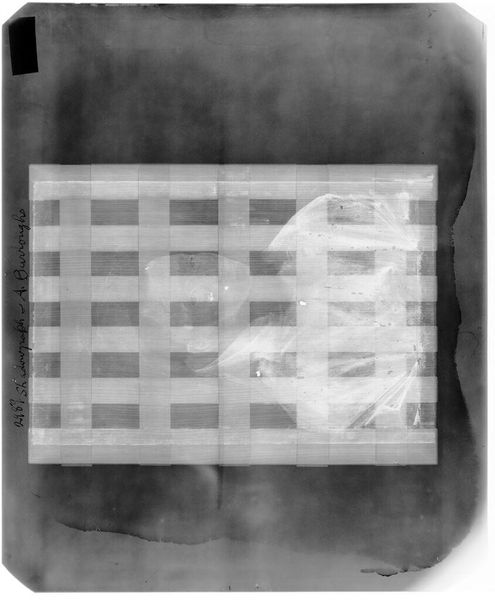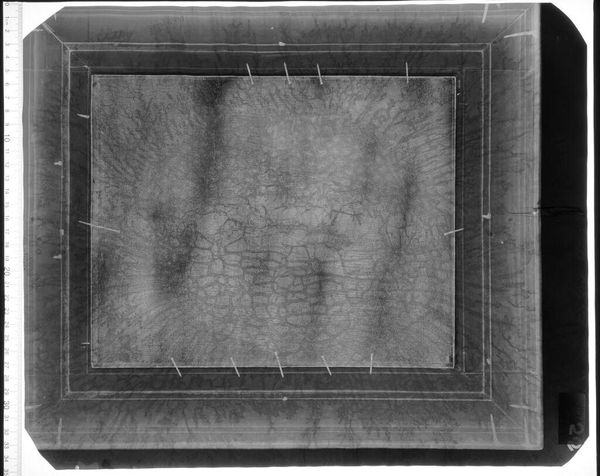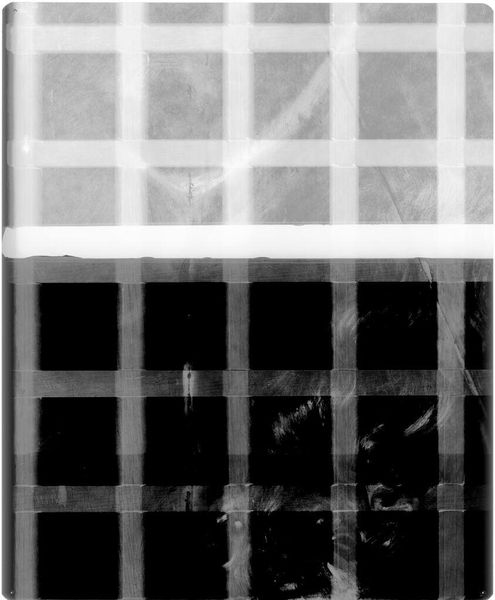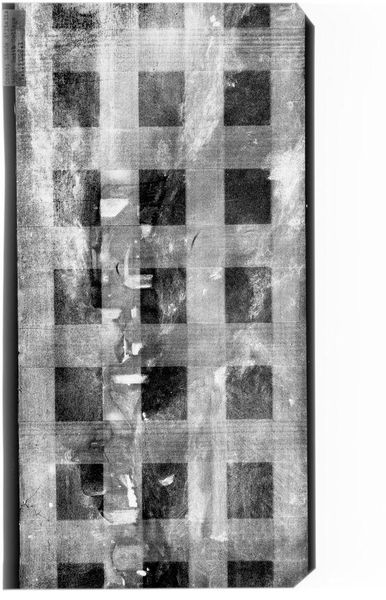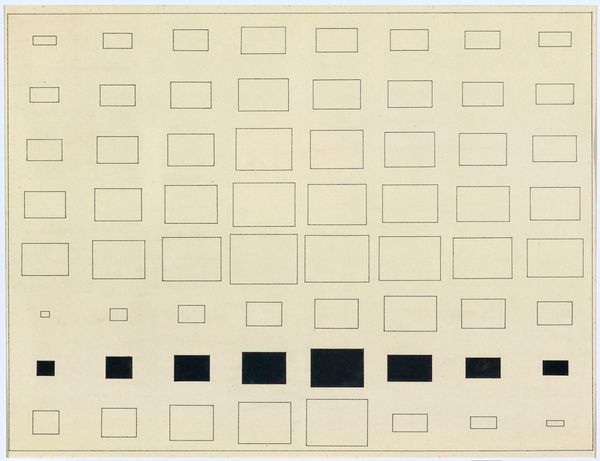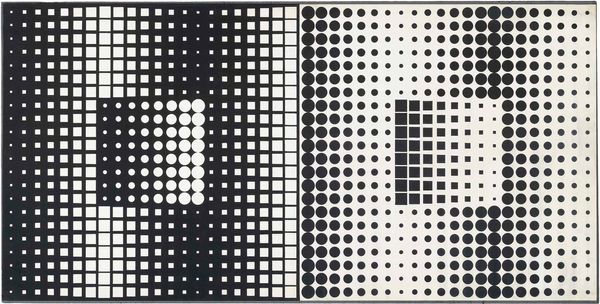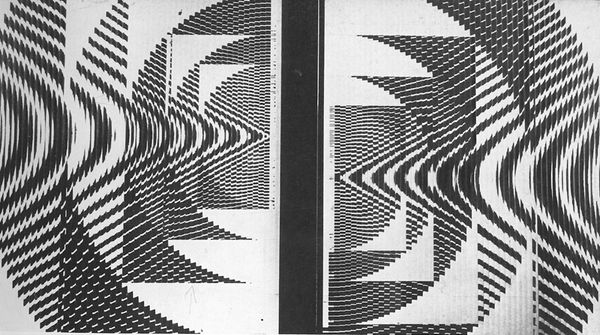
graphic-art, print, engraving
#
graphic-art
# print
#
pattern
#
close-up
#
geometric
#
line
#
surrealism
#
engraving
Copyright: M.C. Escher,Fair Use
Curator: The first thing that strikes me is this incredible sense of progression and the stark black and white contrast—it’s almost dizzying! Editor: We're looking at "Metamorphosis III excerpt 1", a 1968 engraving by M.C. Escher. What's so remarkable is Escher's use of geometric patterns to explore transformation. Curator: Transformation in the literal sense of visual manipulation but also what feels like an investigation of boundaries, right? I immediately think about identity and fluidity when observing it, the impossibility of fixed definitions. It reminds me of Deleuze and Guattari's theories on becoming. Editor: Precisely. This work speaks to a very specific time of institutional and societal change reflected and reinforced in artwork of the era. Escher was definitely playing with how perceived social structures can both imprison and enable our gaze, forcing our eye across the print's image plane. Curator: Let's look at that image plane for a moment; the work seems to almost vibrate. Escher's graphic style invites us to analyze and feel at the same time; this blurring is, perhaps, what makes it a perfect symbolic rendering of metamorphosis. I'm caught by the details and their relation to a grand totality of changing pattern. The way the word "Metamorphosis" repeats then morphs into other forms, what do you make of that visual onomatopoeia? Editor: The repetition absolutely draws attention to the almost architectural nature of the imagery; each form is, at first glance, static and immutable, like social norms. Yet the composition reminds us of the very real, politically motivated transformation, the societal "metamorphosis," happening globally when Escher created this piece. What do we see being created, destroyed, then remade across this excerpt? What of contemporary readings around, say, racial and gender transformation and their relation to social justice? Curator: Absolutely, what might feel on first viewing like a set of formal optical experiments become very politically charged in our new era of questioning normative structures and hierarchies. The image moves toward change, and invites the viewer into active political questioning, it refuses to sit still! Editor: So even today, Escher’s explorations can foster discussions about representation, identity, and, most fundamentally, the enduring capacity of art to ignite change. Curator: Indeed, his "Metamorphosis" continues to pose the same timeless questions: where are we, and how are we transforming our space?
Comments
No comments
Be the first to comment and join the conversation on the ultimate creative platform.


